A pattern book of Islamic art that shows the beautiful lines and colors and designs of Arabesque with information about where they came from and where they were used at.
I read in a book that “Islamic art is an art that doesn’t exist” and one time in one of my classes I found a book that is full of abstract art in which I was inspired to do a pattern book of Islamic art and show that beautiful lines and colors and designs with information about where they came from and where they were used at. I want to show that Islamic art can be used in other than mosques today. When someone hears or reads the name “Islamic art” They immediately think about religion, but in fact, it was named after the era it came from, which people before, used to decorate their buildings, books, and letters. This name changed over time to Arabesque, which means Arabic-style designs. These designs are rare to find outside a religious place.
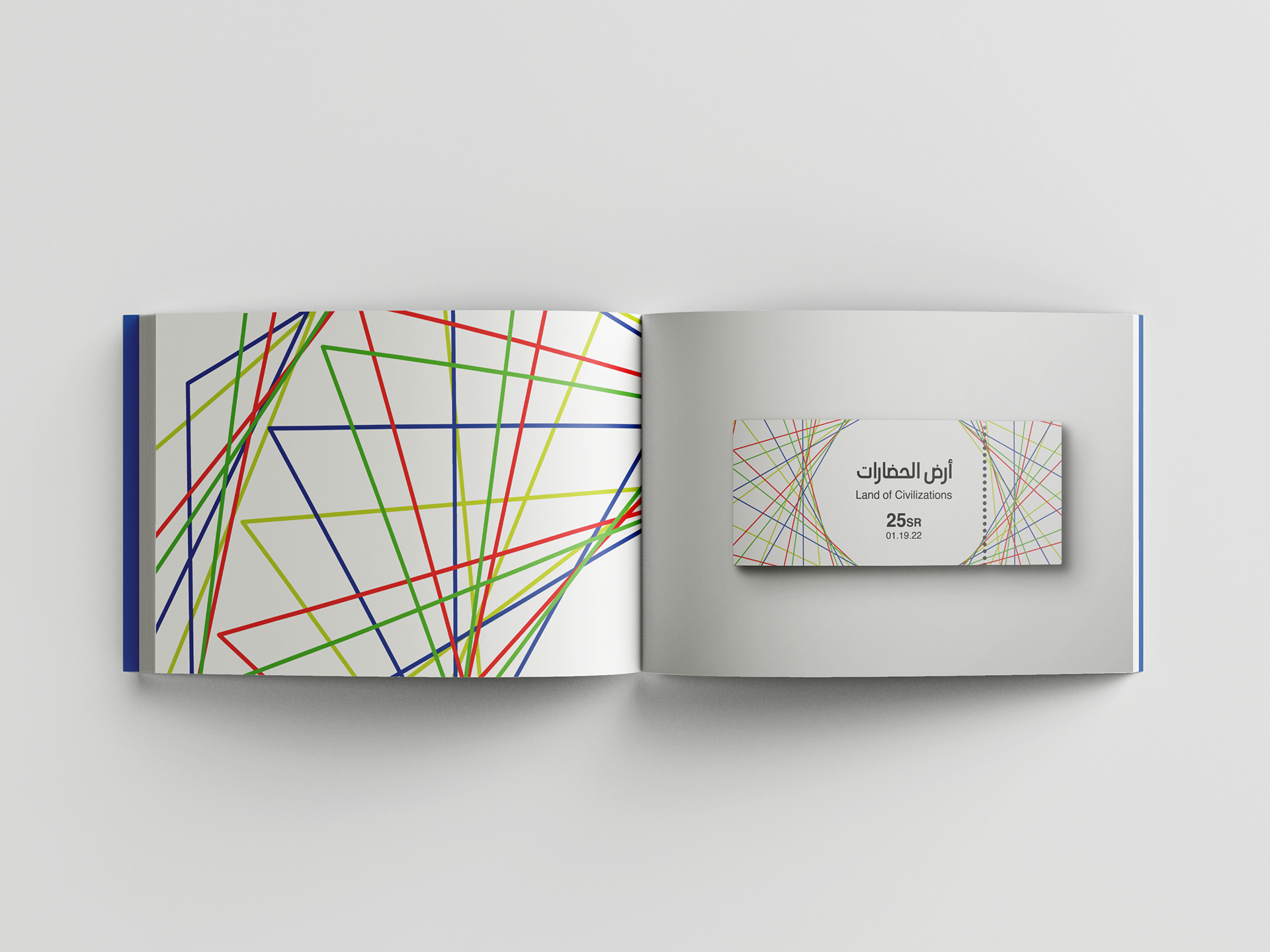
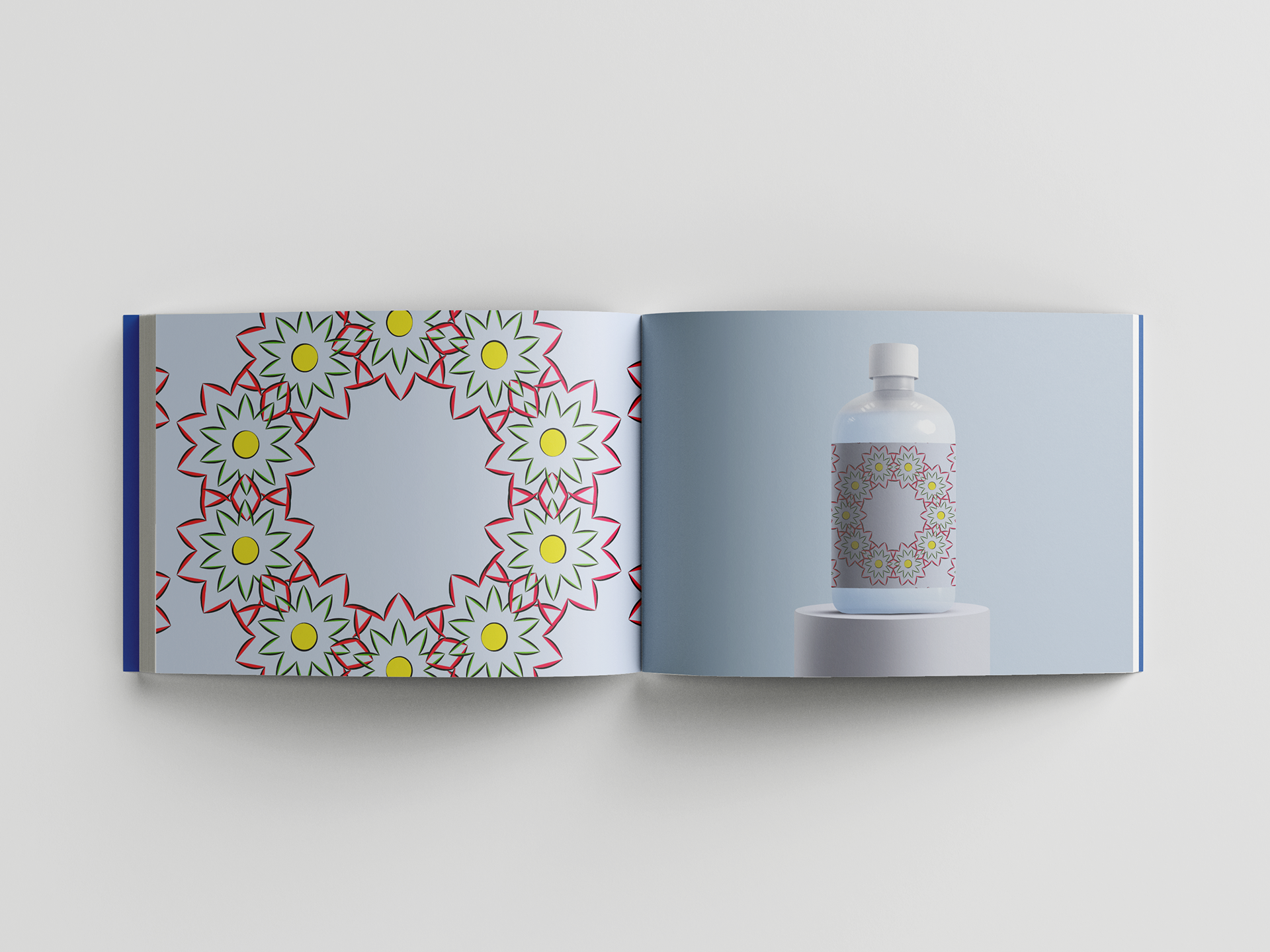


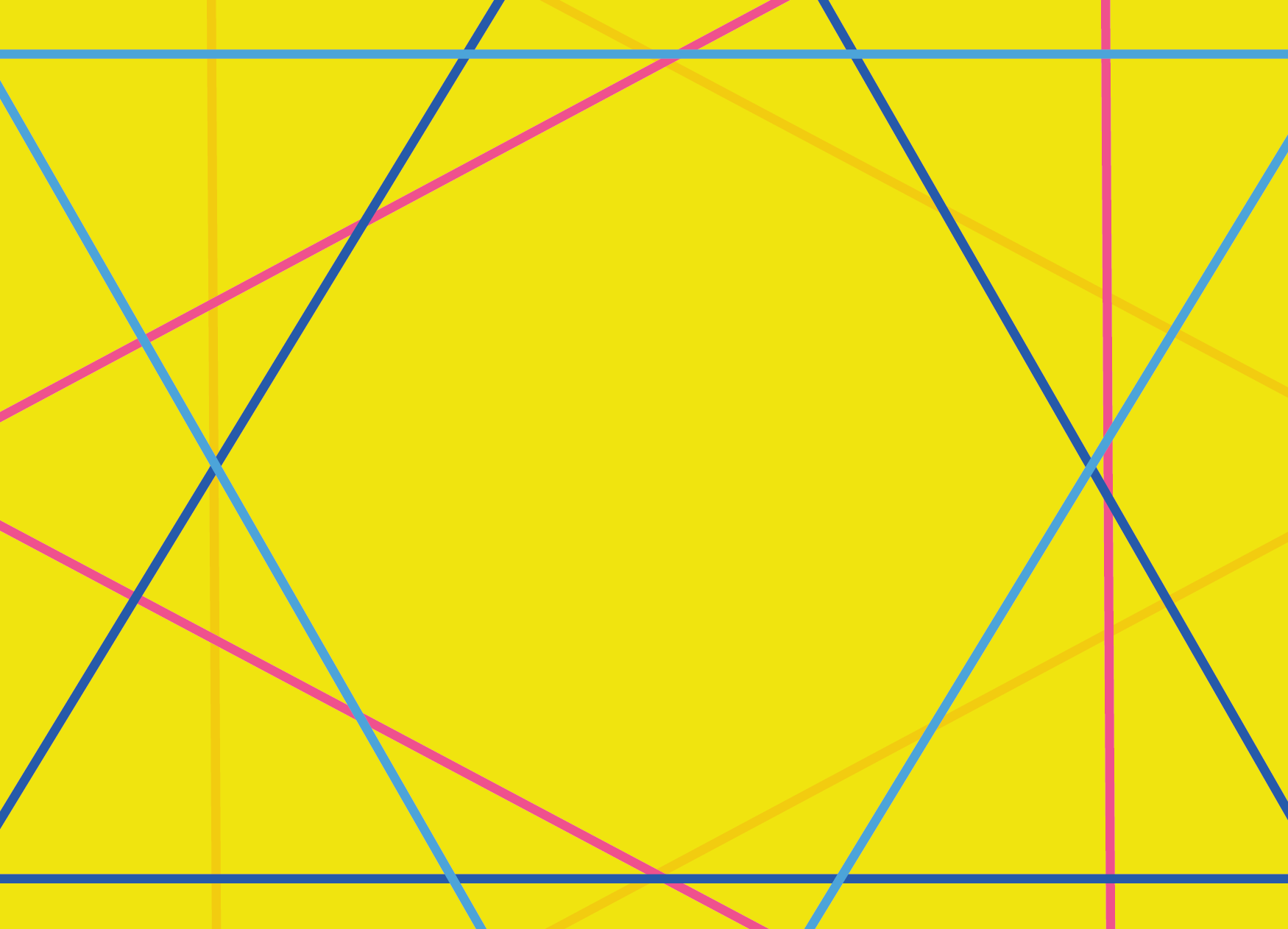
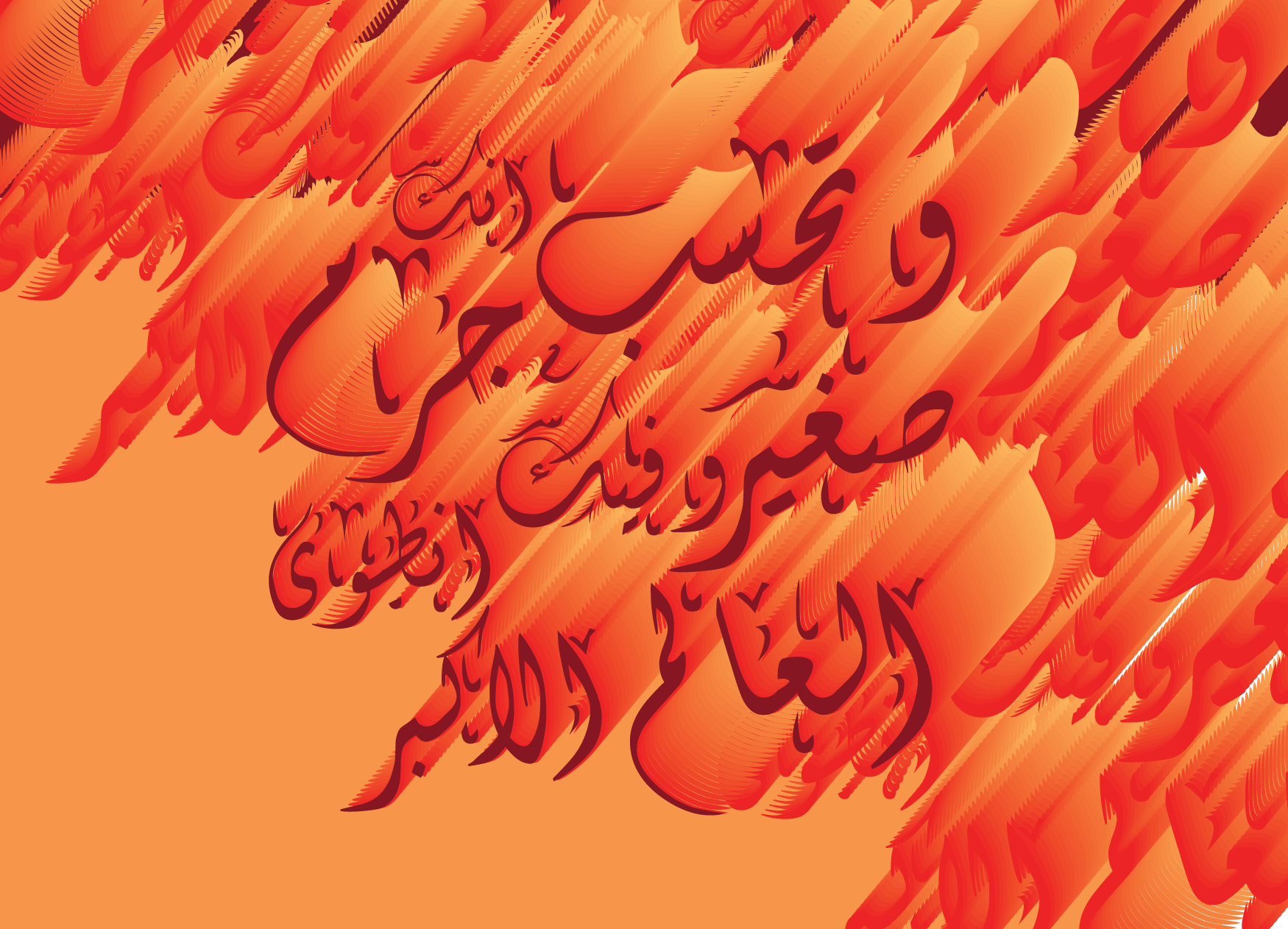

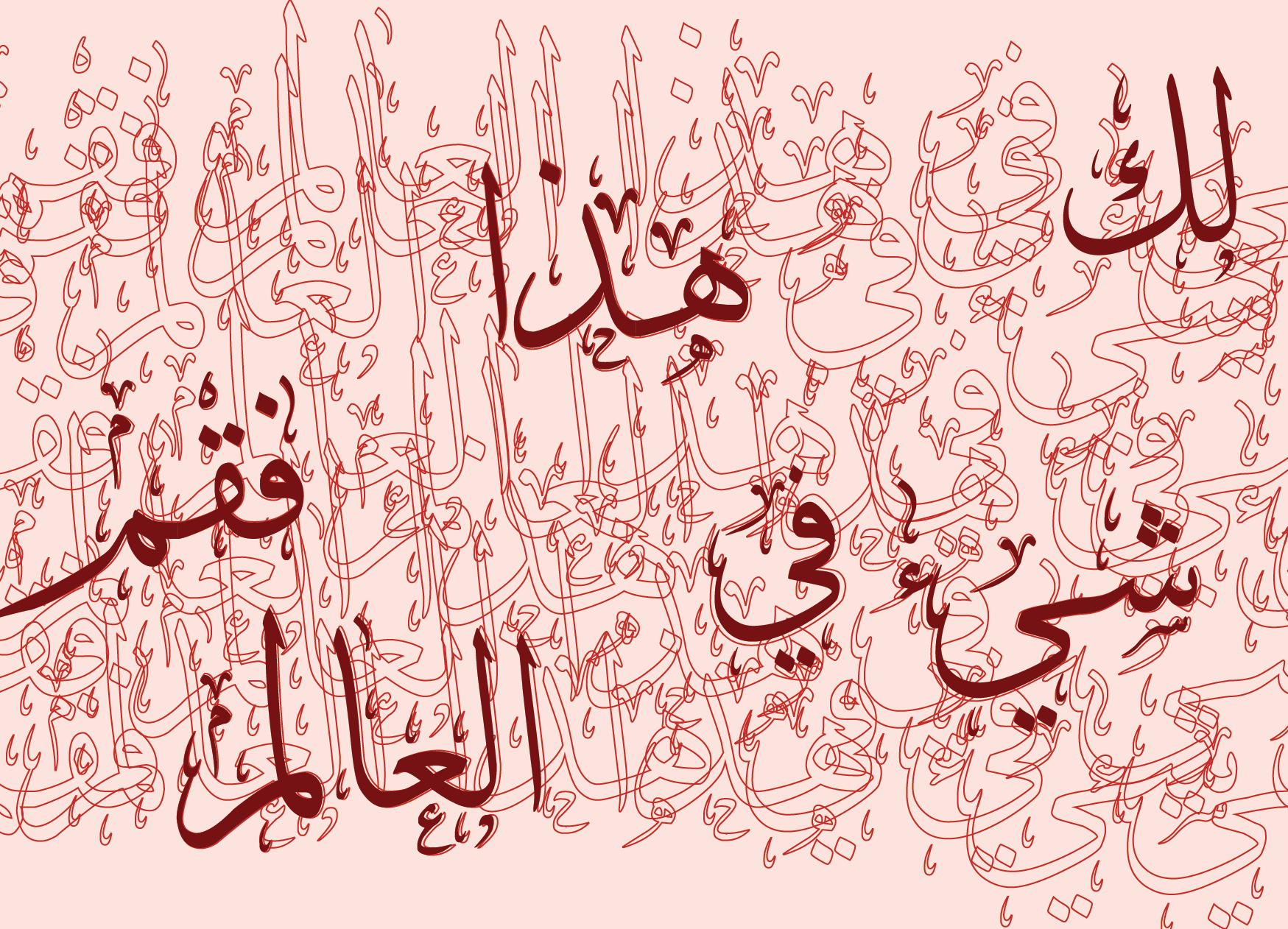
PROJECT GOALS AND BACKGROUND
Islamic art was developed 1400 years ago which shows the land and the people of this land from many fields in life, such as calligraphy that shows the beautiful letters of Arabic, geometric designs that are full of shapes, and floral designs that are all about flowers and leaves. Over time, the word Arabesque was developed from the Islamic art, which shows mostly Arabic designs that are not just from the Arab world but also from other regions such as Turkey and Iran. My goal with this project is to keep Islamic art alive and modernize the designs so that today’s generations look at it as an art that could be used in any century. The use of these designs will be in applications such as phone covers, t-shirts, or event tickets. These uses will spread Islamic art and let people want to know more about it and want to have the designs inside homes. These designs will be in a pattern book that addresses the idea of using Islamic art in places other than mosques and houses, and also shows that this art is all about the designs and colors, not just the religion. The book has the design and the mockup and after this the design process which artists and designers (the audience) can inspire from them and make more designs from what I made to let people know more about Islamic art.
THE COVER
The first thing I decided to do was what I want from my designs on the cover. there was a lot to choose from but in the end, I landed on using one of the calligraphic fonts I have which is the "Kufic." This font has square edges which help to adjust and resize the cover. after I chose what I want my cover to look like. I turned into designing the type of the book title which is "Modern Arabesque." At first, I thought about just using a typeface that goes with the "Kufic" font, but then I decided to design the title into the Kufic style type.
VISUAL SOURCES
These are designs captured inside mosques in Pakistan, Iran, and Palestine. These designs show the beauty and the colors used in Islamic art using nature and geometric designs with spiritual colors.
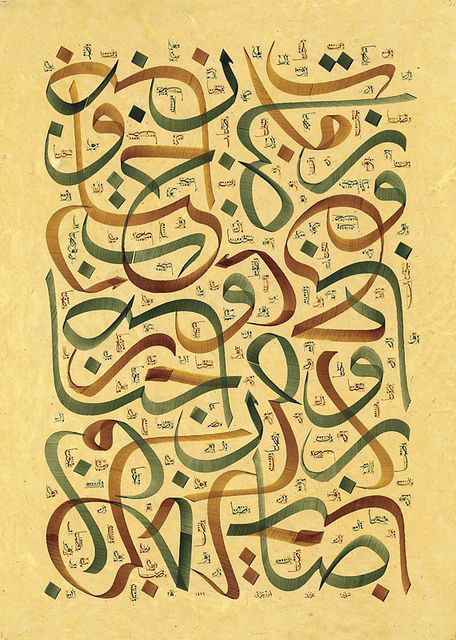
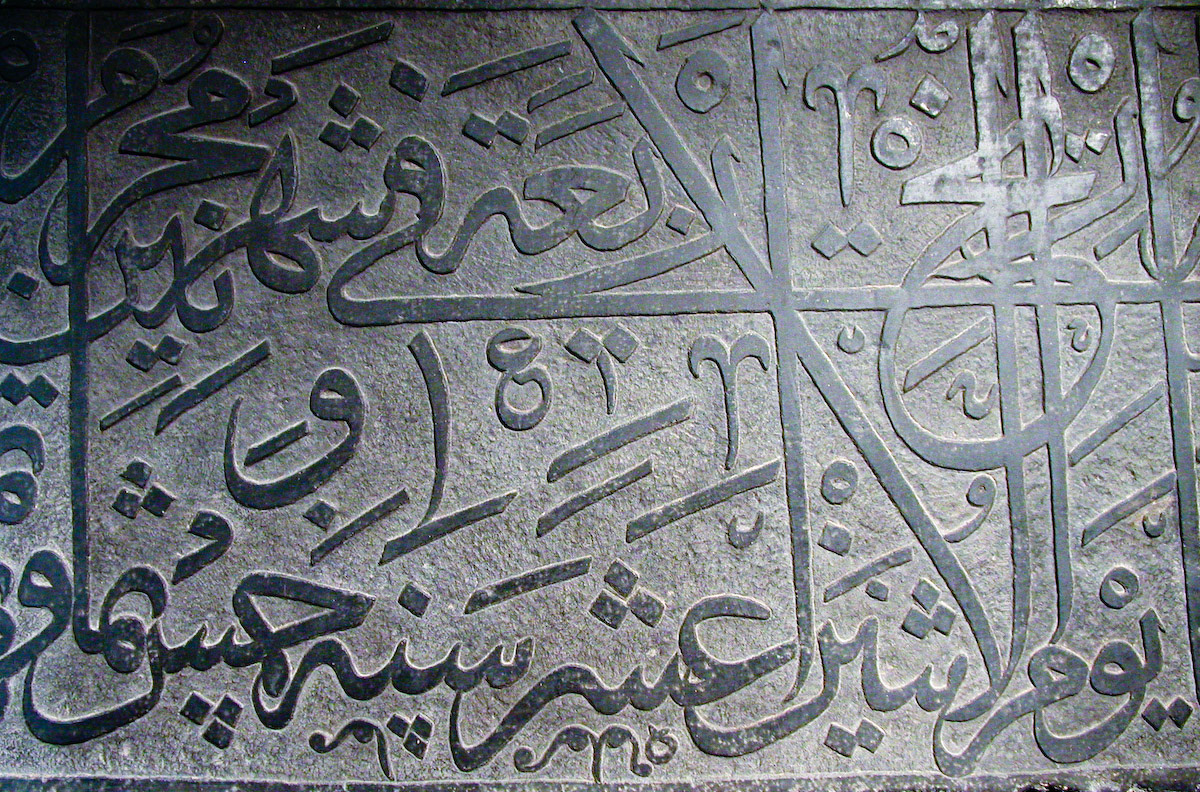
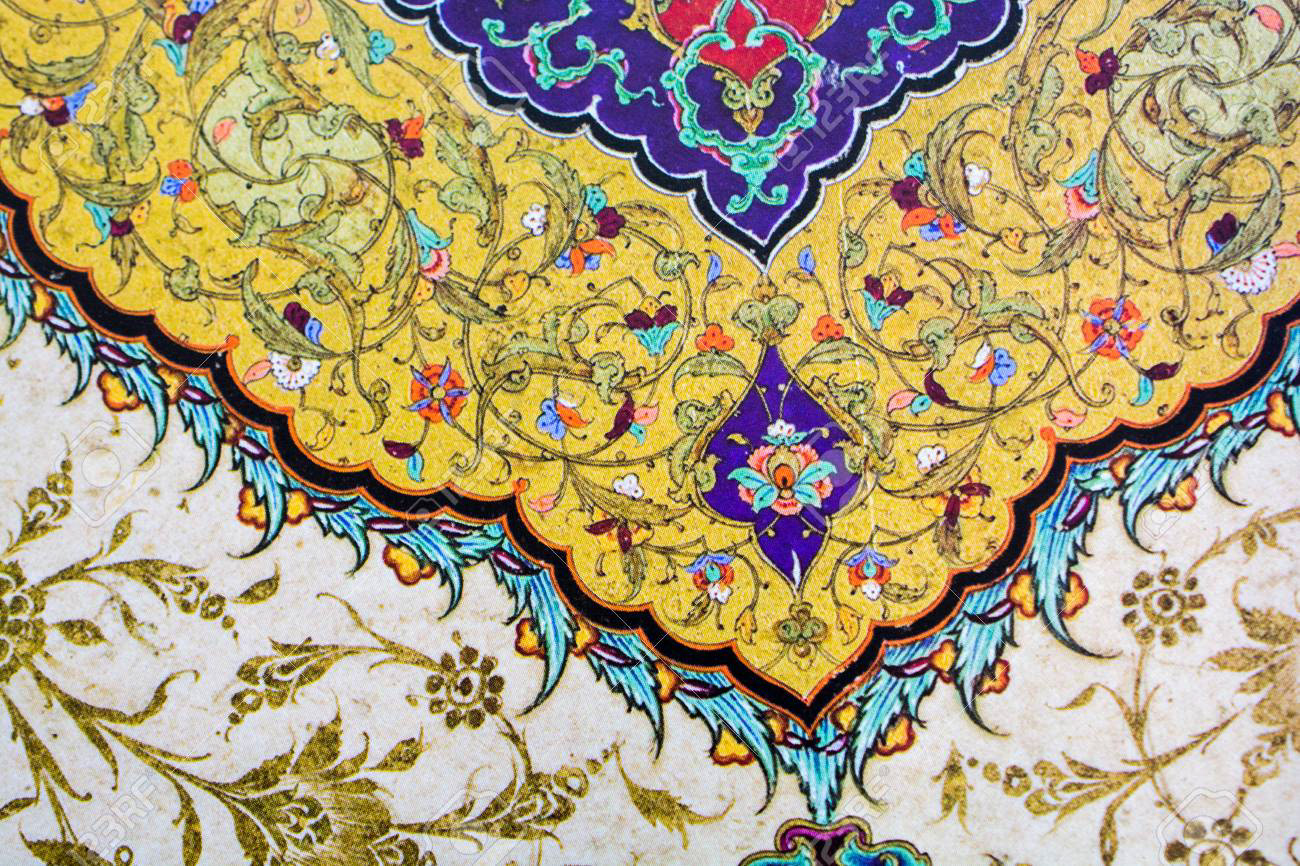
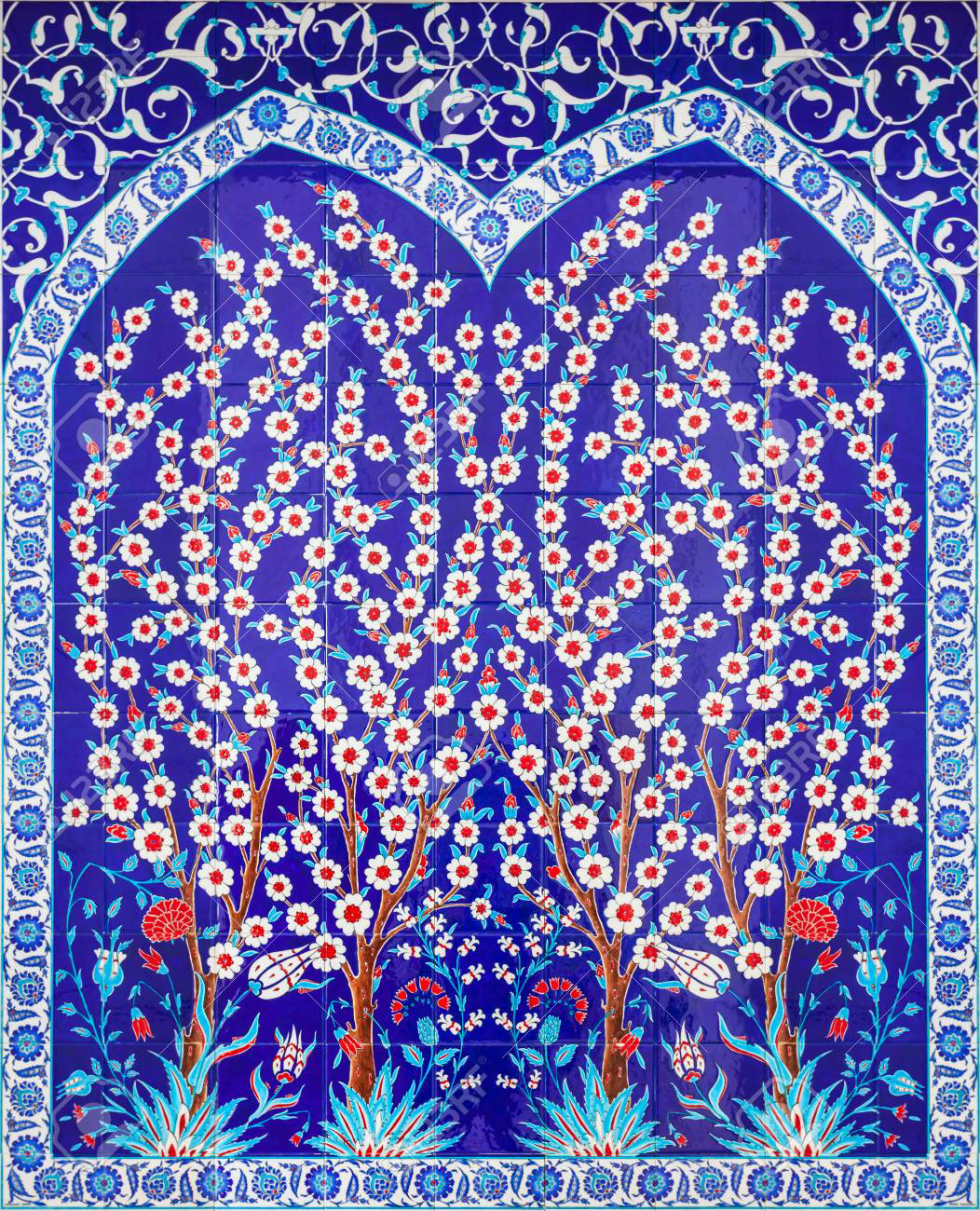
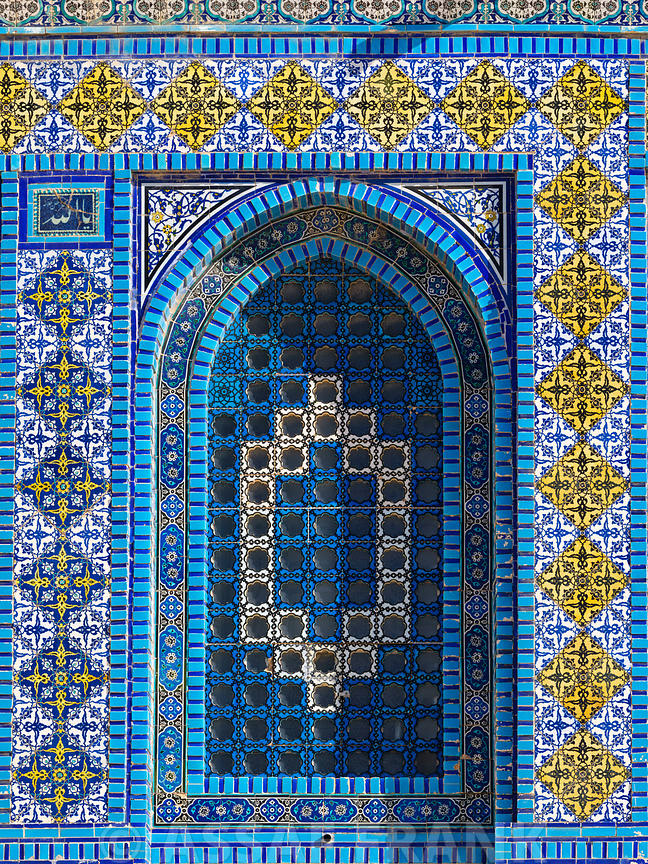
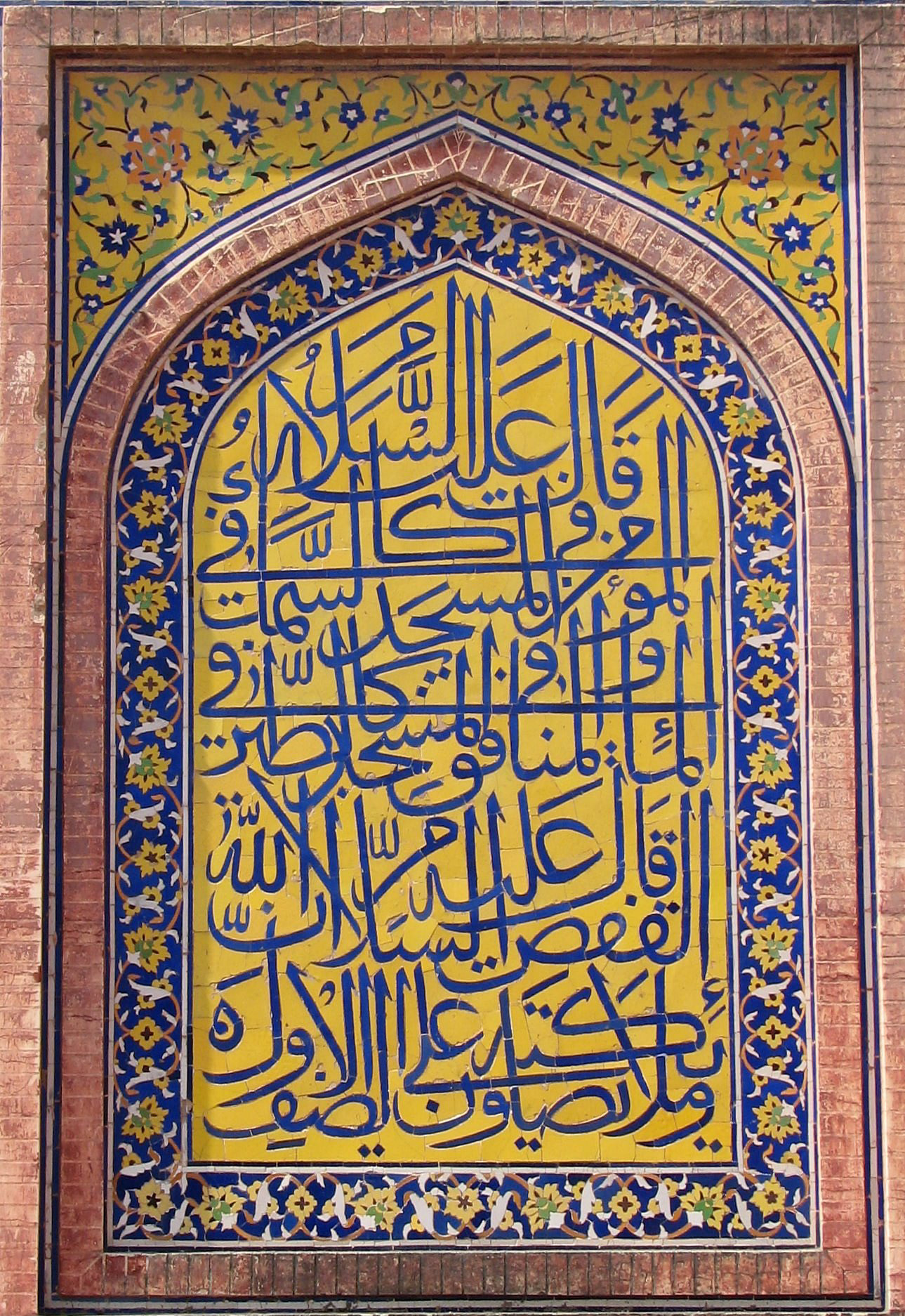

PATTERN SKETCHES
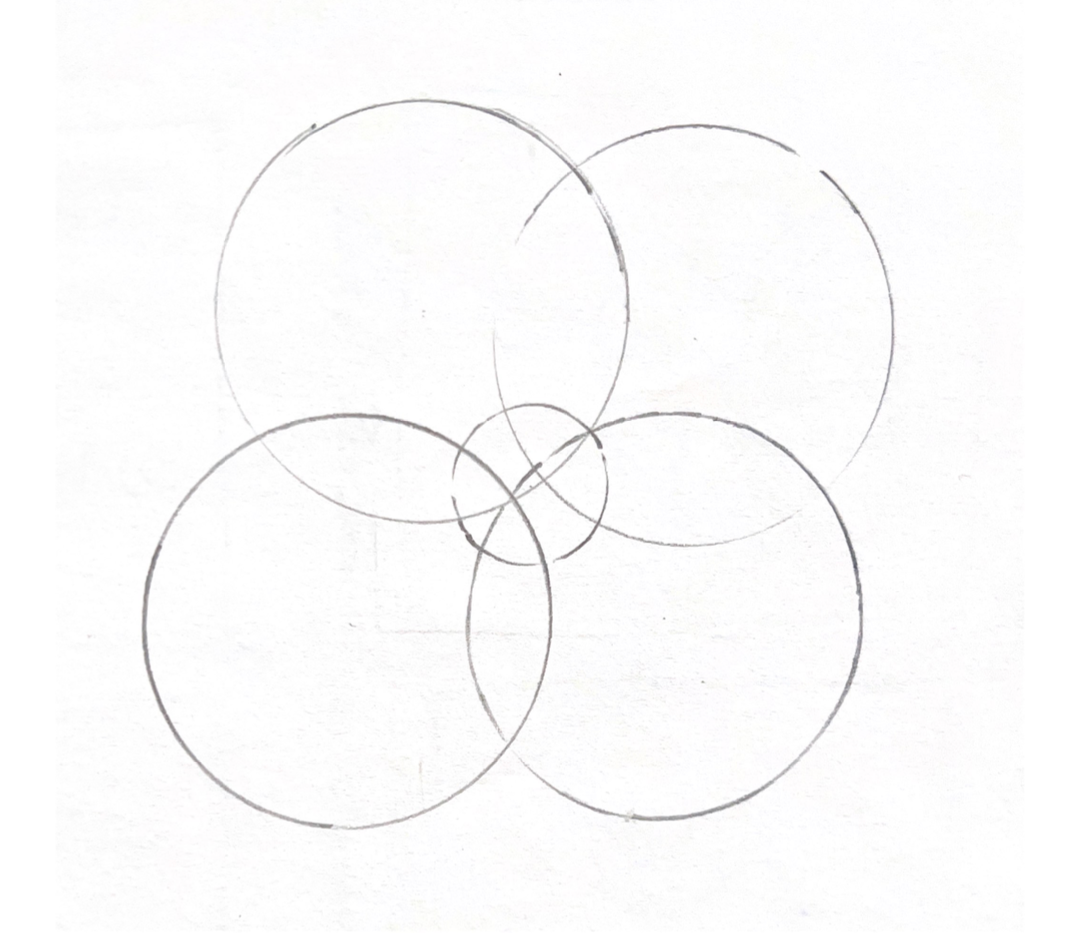
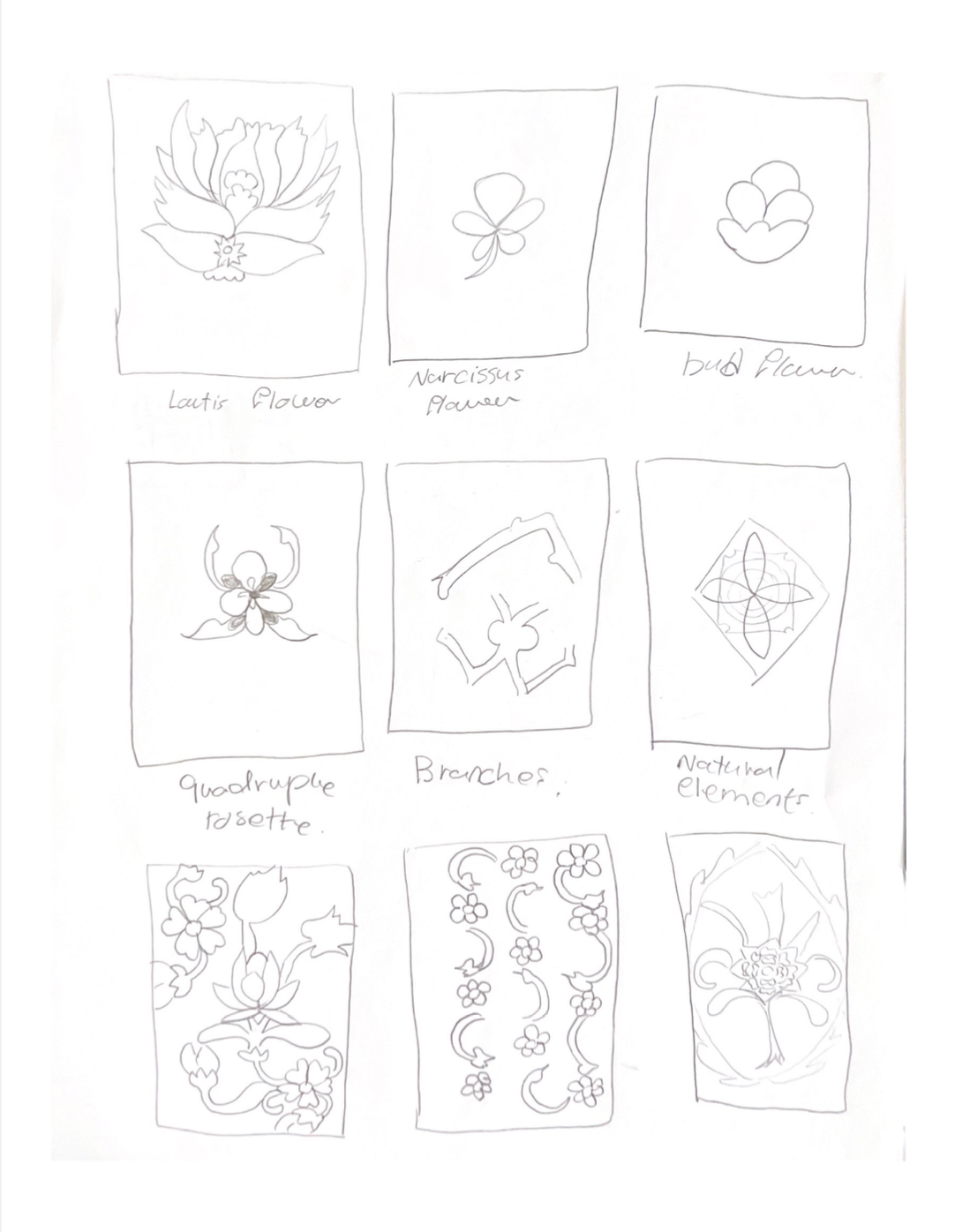
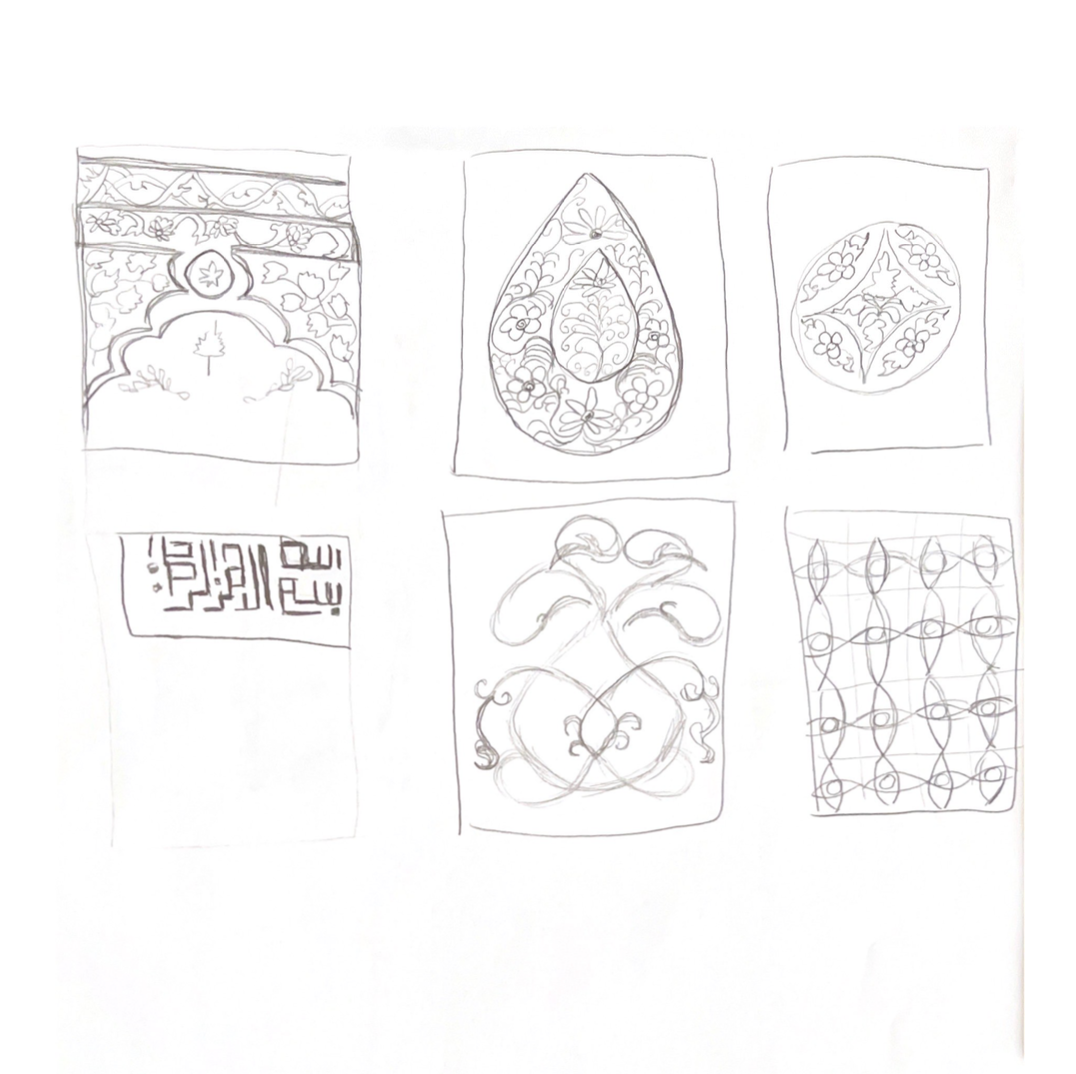
At first, I begin by drawing circles to begin sketching on them without knowing how to do arabesque. I begin with my little knowledge. After this sketch I shifted to free sketching designs without a base, trying to design in a floral style.
Then I transferred everything into illustrator by making a base for myself then sketching geometric designs in it, and another base for floral and calligraphic designs.
With just one base, I designed several geometric designs with color studies.
THE COLORS
The colors were inspired by the same ones used in mosques and historic places but with a little twist in them just to have a change in colors. Although the colors used in mosques are blue and green which are considered spiritual colors, most of what I used are pink, red, yellow, and orange. I used some blues and greens with the design just to stay in the same idea of spiritual colors.
BEGINNING STAGES
As I colored it, I also noticed that when these shapes were repeated over and over in the walls of the mosques, so I decided to make these patterns in a new modern way, leaving some empty spaces in the design to let it breathe, just to break the rule of having crowded designs. These designs were my beginning stages.
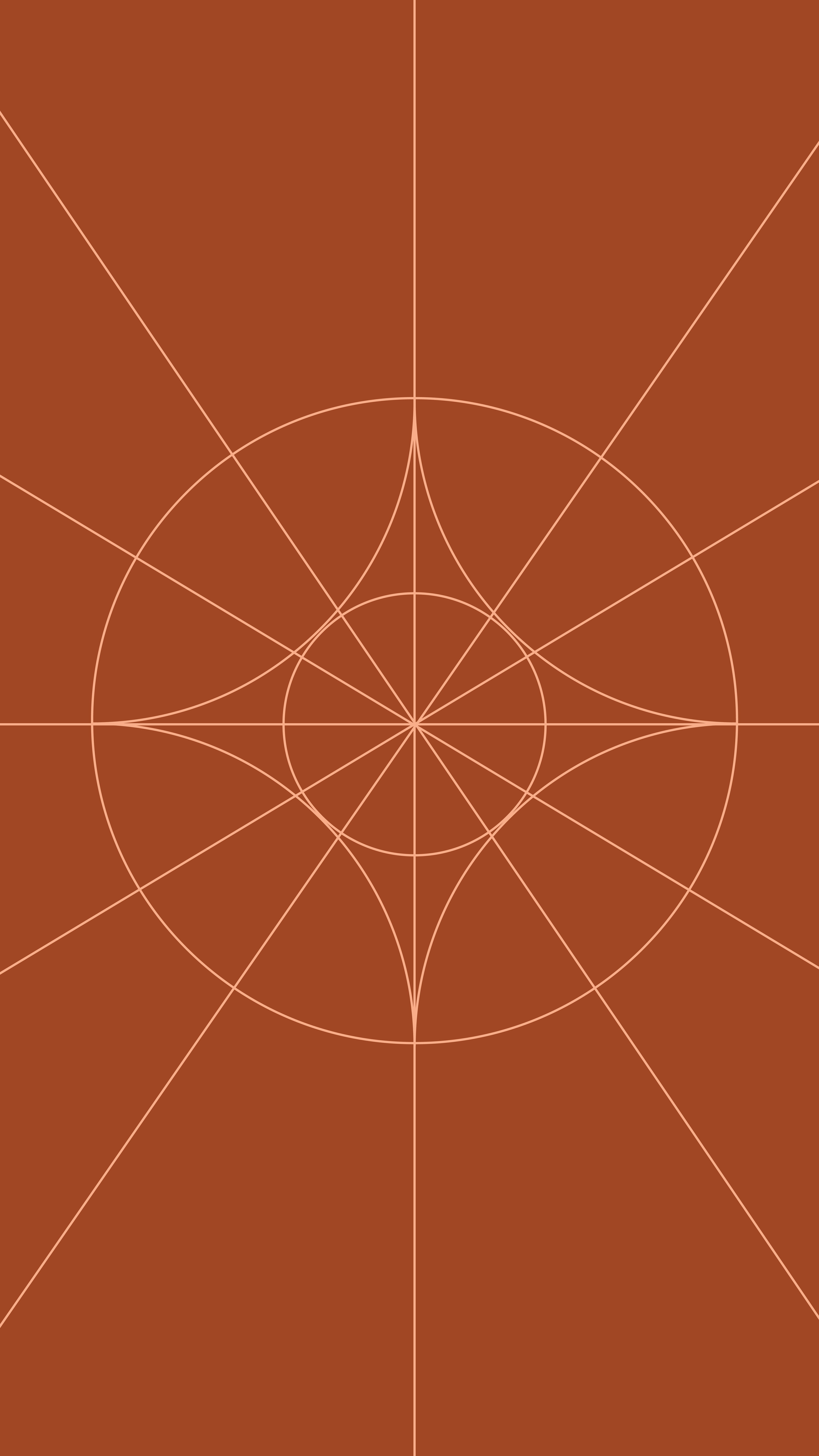

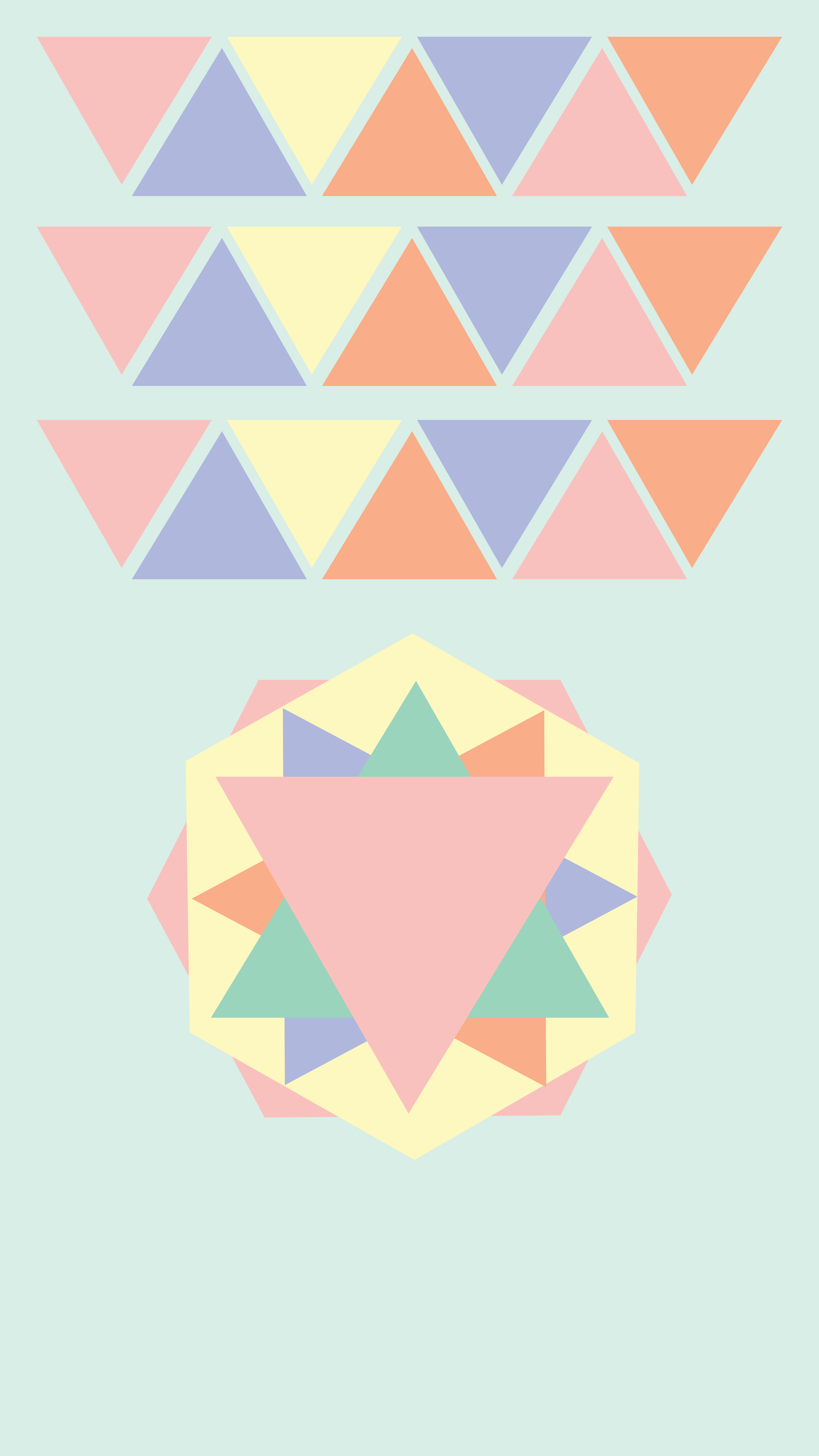

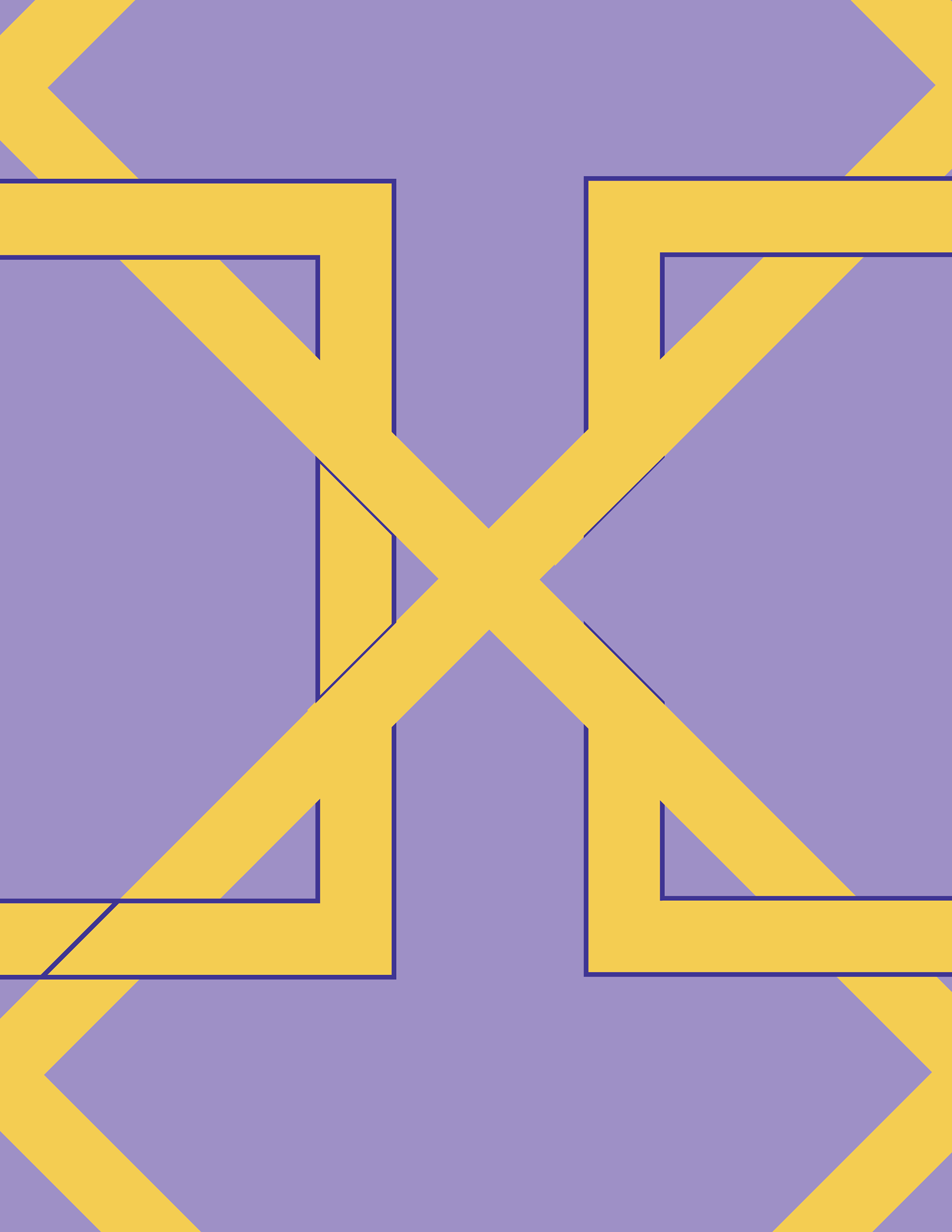
Then I changed the way my designs are, still breaking the rules a little but also in three different ways of design that are calligraphy, geometric, and floral. Then I divided two of them into several parts to show more into arabesque, each with different colors.
THE PATTERN BOOK
Lastly, I designed the pattern book where I have the design and the application I Applied the design. Also, I added a page for the process work where designers and artists can get inspired from these pages and know how I made the designs.
CONCLUSION
This pattern book has introduced me to the world of Islamic art and show me that there is a kind of design named Arabesque where I was introduced to how to make it and how mathematics and base are so much more important than doing free designs without any guide. Diving into the world of Islamic art wasn't my first time to do, I made some diving into it a long time ago when I was in high school. But This time I really focused and have a passion for making Islamic art.
SOURCES
Written
- The history and characteristics of Islamic Art – Professor Mohammad Abdulaziz Marzoq Asaad Publications, Baghdad – 1965
This book talks about all kinds of Islamic art including arabesque. Which takes a few sections that talk about the history, and other sections that talk about kinds of arts in Islam.
- In the Islamic Art – Zaki Mohammad Hassan – Hindawi Foundation for education and culture, Egypt – 2012
This book goes deeply inside Islamic art from design to where to find them, from homes to mosques.
- Khatai Decorations – Rehab Ebrahim Ahmed Ahmed Al Saedi – College of Literature, Egypt – 2021.
This is an article about Khatai, or in English Arabesque. It talks about what is the roots and where it is inspired from.
- Luca Mozzati. Islamic Art. Prestel Verlag, Munch. 2010.
-Bahia Shehab, Haytham Nawar. A History of Arab Graphic Design. The American University in Cairo Press, Egypt. 2020.
Visual
- The complex geometry of Islamic design – Eric Broug – TEDx
This video from Tedx talks about the complex geometry in arabesque and how they are made.
- Islamic Art – Yoho Media
https://youtu.be/kYr-L-HTzjo
https://youtu.be/kYr-L-HTzjo
- Sultan Qaboos Grand Mosque – Oman
- Wazir Khan Mosque – Pakistan
- Nasir Al Mulk Mosque – Iran
- Hassan II mosque – Morocco
- Al-Aqsa Mosque – Palestine
- Families of Motifs – developed by Seljuks and Ottomans – Biomorphic Art: The Art of Arabsque. Adam Williamson.
- Arabesque Made Easy – Joumana Media










